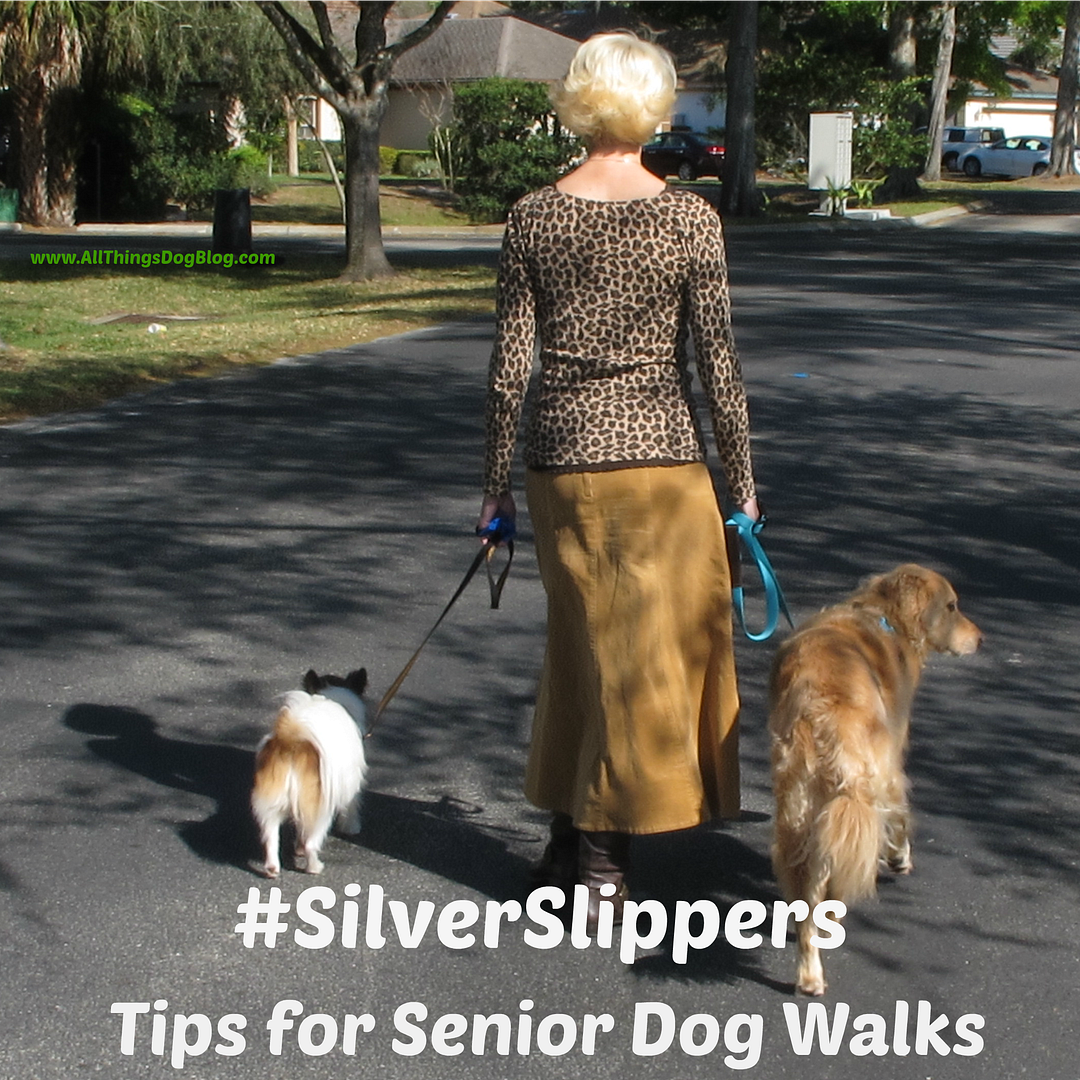
Now Fido can fly the friendly skies with their his airline. Pet Airways has begun flights just for pets, as of July 14, from 5 major cities: Chicago, Los Angeles, New York, Denver, and Washington DC. It's a start. If you have a larger dog--one that cannot fly in the cabin--this is an option, at least for those who are reasonably close to these metropolitan areas. Hopefully, with economic improvement, the market will grow.
Meanwhile, if your dog must travel in the belly of the plane, get medical advice, consider temperature issues in your airline and flight pattern, and try these tips:
If you need a place to stay, check this out. We used this guide when traveling for a week with Oliver. He was quite a champ!
Meanwhile, if your dog must travel in the belly of the plane, get medical advice, consider temperature issues in your airline and flight pattern, and try these tips:
- First and foremost, prevent anxiety with vigorous exercise 2-3 times a day for 2-3 days before his travel. A tired pup will be better able to relax and cruise quietly.
- Assure that prior to his journey, your pet has been well-hydrated for several days.
- Consider a cooling (or warming, in Winter) mat for his travel crate (only, of course, if you are certain your dog will not chew it)
- Consider a battery operated hook-on fan (available at Wal-Mart and camping stores), if the airline will allow it. Attach it securely to the outside of the wire door of the crate.
- Gauge your dog's travel nerves based on previous journeys and talk with your vet about prevention of anxiety.
- Check with your vet on food for the day of his flight. Most recommend either no food, or only a small meal early in the day. Just prior to leaving home, take another brisk walk to give your dog ample opportunity to relieve his bowels and tire him out for the trip.
- Finally, don't give your dog anything other than his regular food the day before travel. No sense churning up his bowels with a surprise attack of diarrhea, while en route.
If you need a place to stay, check this out. We used this guide when traveling for a week with Oliver. He was quite a champ!




































3 comments:
Unknown said...
Got Dog Kennels said...
Boy, I have travelled to Europe and back several times with my dog and a lot of your suggestions are right on the money.
Blair Sorrel said...
WHY URBAN METAL ISN'T PRECIOUS -Blair Sorrel, Founder, www.StreetZaps.com
Of course, you want a worry-free walk year-round, so adopt this simple strategy:
EYEBALL THE BLOCK, AVOID A SHOCK.
Take just a few seconds to survey the immediate surroundings and make your trajectory toward a non-conductive surface, ie., plastic, wood, cardboard, rather than risking any metal or electrical fixture. The lowly, free-standing garbage bag, is you and your dog's best friend, most of the time, unless it's snowed and salted. Consider the safer, hardware-free RopeNGo leash and harness to help shield against a possible zapping and for greater peace of mind.
CONTACT VOLTAGE DOESN'T DISCRIMINATE BY GENDER.
Your pooch's sex is irrelevant. True, the most gruesome scenario is that of a male dog electrocuted by its ricocheting urine, but contact voltage is just that, mere interaction with an energized surface. Our poster girl sidled a fire hydrant and limped for five days. Intuit your dog's cues, if resistant to an area, choose an alternative route. Elude potentially live work areas or carry your canine, if necessary. Opt for indoor products such as The Pet Loo, Hammacher Schlemmer's Indoor Restroom, or Wee-Wee Pads, if external conditions are ominous. Dog booties can leak and make your pooch even more vulnerable.
ARE YOU PLAYING RUSSIAN ROULETTE WITH YOUR DOG?
Any of these fixtures might be dangerous, so again, choose non-conductive where and when possible. (link to home page fixtures listed below and/or the visuals page):
View All StreetZaps' Home Page & Safety Images
– Street & Traffic Lights can leak if damaged internally, even if the compartment is fully closed and the light is not illuminated
– While wooden blocks anchor Scaffolding or Sidewalk Sheds, be aware that sloppy wiring by a contractor and/or the use of lighting equipment which is NOT WATER-PROOFED or even suitable for outdoor usage, may still shock a passerby.
– ATM Vestibules
– Decorative Lighting
– Dog Booties may increase
the risk of a shock
Electrical Boxes
– Fire Hydrants
– Fire Police Call Boxes
– Manhole Covers
– Muni Meters
– Phone Booths
– Service Boxes
– Street Light Boxes
– Traffic Boxes
– Work Areas
After all, why chance it when there's a choice?
BETWEEN YOU, ME, AND THE LAMPPOST.
Tampered equipment can become pernicious so please map (Report Form) damaged fixtures and known hot spots to admonish other pedestrians and alert the utility and transportation department.
Post a Comment